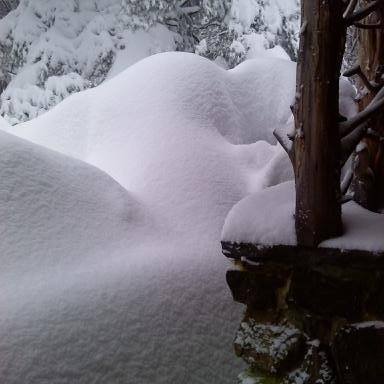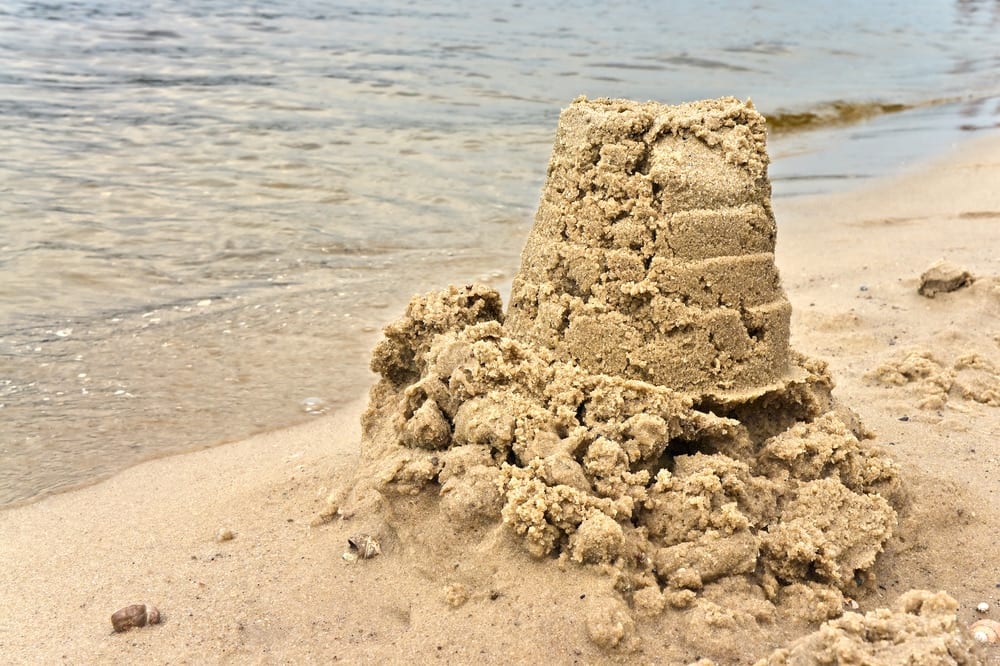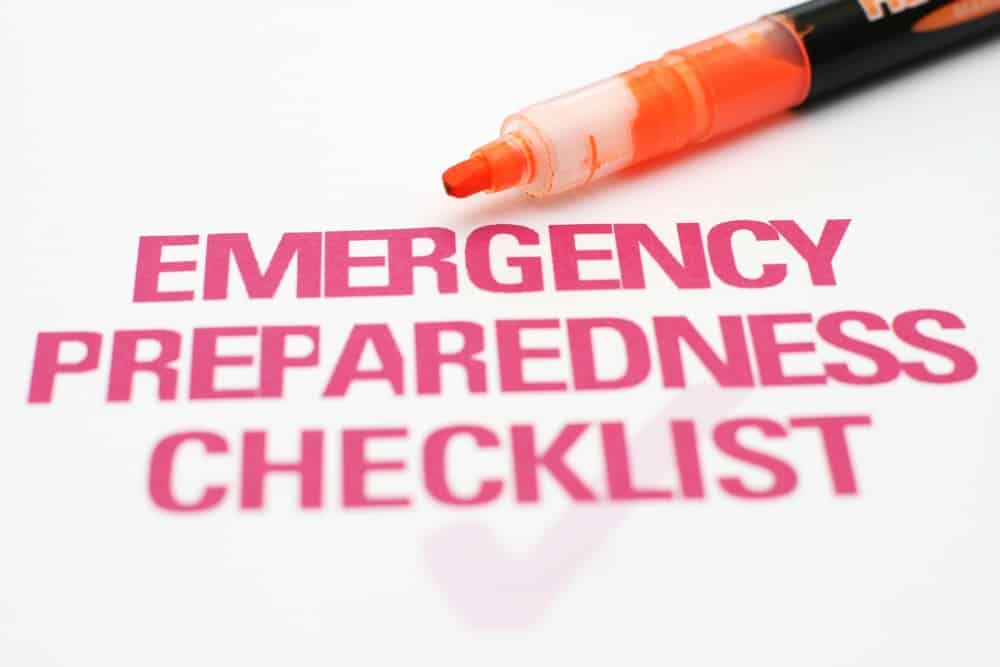September marks the beginning of the harvest, apple-picking season, the Fall equinox, and a changing of leaves. Historically, farmers prepared food stores for the long winter months, squirrels and burrowing animals collected and buried food stores, and adult fowl taught their young to fly in preparation for the migration to warmer climates.
It’s also the most active month for hurricanes, especially in the Atlantic Ocean. Over the past century, more than two-thirds of the most catastrophic hurricane variety have taken shape in September or in a two-week window before or after.
For that reason, the Federal Emergency Management Agency (FEMA) has designated September as National Preparedness Month and encourages Americans to become educated and better prepared for natural or man-made disaster. As a parent, it’s an opportunity to protect your family more effectively by following FEMA’s recommendations.
Be aware of the risks and dangers. If you live along a fault in California, in Portland within line of vision to Mount Hood, in to the Midwest during tornado season, or along the Atlantic coast between June and December, you are probably aware of potential natural disasters that could occur. If however you’re a recent transplant, FEMA recommends you do your homework and learn the potential dangers associated with your geographic location.
Take action. At the least, each family living in a natural disaster zone should have a 72-hour kit (one for each family member) packed with non-perishable foodstuffs and enough drinking water to last for three days, a three-day supply of non-perishable food and drinking water for each person in a household. The kit should be stored in a dry, safe yet accessible location. In addition, FEMA recommends a family plan. Parents with children should map out safe zones where children should go in the case of a disaster, especially if they’re away from home. It’s especially important for your child to understand that you can’t always protect them but you can teach them how to protect themselves.
Be active in the community. As a parent, you can be a mentor to your child by being involved in your community’s emergency rescue plan with organization such as the American Red Cross, with the volunteer fire/paramedic corp, or with MARS. Known as military auxiliary radio system, this Department of Defense sponsored program consists primarily of licensed amateur radio operators who are interested in assisting the military with communications on a local, national, and international basis. MARS operators are trained to coordinate emergency communication within a community.
But, preparedness is more than the tangible packing of an emergency kit. As a parent, National Preparedness Month should be your call to action, a time when you teach your child “grit.”
What is this grit? An term now in vogue, it’s the opposite of helicopter parenting. Rather than hovering and overprotecting a child, parents who teach grit reinforce values associated with character building.
In educational terms, it’s a toughness and resiliency to rebuild after failure, to persevere, to never give up. On a personal level, it means to face insecurities and fears and to push through anyway. It requires restraint, delayed gratification, and failure. And it’s essential to building character, to surviving personal crises; and it can be taught during a disaster, in preparation for other hurdles.
Take this example. In February 2010, a narrow swath of snow passing north and west of New York City blanketed our area with nearly 55 inches of snow over a 36-hour period of time. Just an hour south, Manhattan received a few inches of slush. I thought I was prepared. My oil tank had been filled the week before. I had drinking water, a propane stove, a cell phone with a car charger, and a car filled with gas. The refrigerator was full. Cabinets were filled with non-perishables. And we had lots of movies.

Six hours into the storm, the power went out. We listened to the devastation on a battery-powered radio and made candles from olive oil and wicks. To keep the house above the 50 degree mark, I boiled water. To warm chilled bones, we bathed in tubs filled with boiled water. While the kids and dog huddled in my bed, I told stories. We cooked. I created arts and crafts projects. And whatever emotional reserves I had, I threw into keeping the troops upbeat. For five days, we remained in that stasis for five days until the municipal plow dug us out. Then we packed up whatever belongings we could carry to the car over the snow drifts and drove to friends beyond the snow line.
Despite being perpetually cold and bored, the kids treated it as an adventure and added it to family lore they could share with others. Between between August of 2011 and October 2012, we rode out other natural disasters: Hurricane Irene, an earthquake, a freak-of-nature Halloween snowstorm, and Hurricane Sandy. By the end of 2012, the kids had become weathered and had stories of waiting in line for dry ice to prove it. Slowly, my nine year old, normally a mini-series of emotional explosions had built up tolerance to the unexpected. And whenever anyone in conversation complained about an impending snow storm, my two would pull out the pictures of the 55-inch snowfall they had weathered.
Little by little, my kids were learning grit.
But, grit is more than surviving disaster. It’s about learning how to overcome adversity, how to rebuild after failure.

“Grit” is the toughness that develops when a child stares down a challenge, persists through adversity, or refuses to quit after failing countless times. While it doesn’t come naturally, it can be cultivated through by mentoring a positive role model, by forcing kids to face their fears, and by helping them through emotionally challenging times.
According to Stanford psychologist, Carol Dweck, believing that you can succeed even after suffering repeated setbacks (what Dweck calls a “growth mindset”) can actually re-wire your brains. Students who show grit don’t stay still. They’re scrappy. They push through one road block after another until they’ve reached the finish line. It is this type of grit that can create a lifetime of success.
Over a period of years, the progress of KIPP alumni were tracked. KIPP is a network of free, open-enrollment college-preparatory schools that prepares students in under-served schools with skills they need to succeed in college and the professional world. Graduates who persisted and succeeded in college were not necessarily the ones who had excelled academically in a charter high school; they were the ones with exceptional character strengths, like optimism and persistence and social intelligence. They were the ones who were able to recover from a bad grade and resolve to do better next time; to bounce back from a fight with their parents; to resist the urge to go out to the movies and stay home and study instead; to persuade professors to give them extra help after class.
Why do the KIPP results matter? Because those students who continue to succeed in college and beyond are the ones who will routinely rebuild after crisis. They will be the ones with enough character values who won’t collapse with failure.
Failure is a part of life. Crisis is part of life. And “change is as much a part of life as death and taxes,” as the saying goes. Those children who develop grit, who fall, scrape their knees, and are taught how to recover and try again, will develop into adults who can better weather the highs and lows of life. While natural and man-made disasters happen may affect each of us just occasionally (at least I pray that’s true), highs and lows, disappointments, and setbacks are part of the normal terrain of life. By teaching your child grit, you can raise a healthier, more resilient human being.
Found what you just read useful? Why not consider sending a donation to our Kars4Kids youth and educational programs. Or help us just by sharing!
